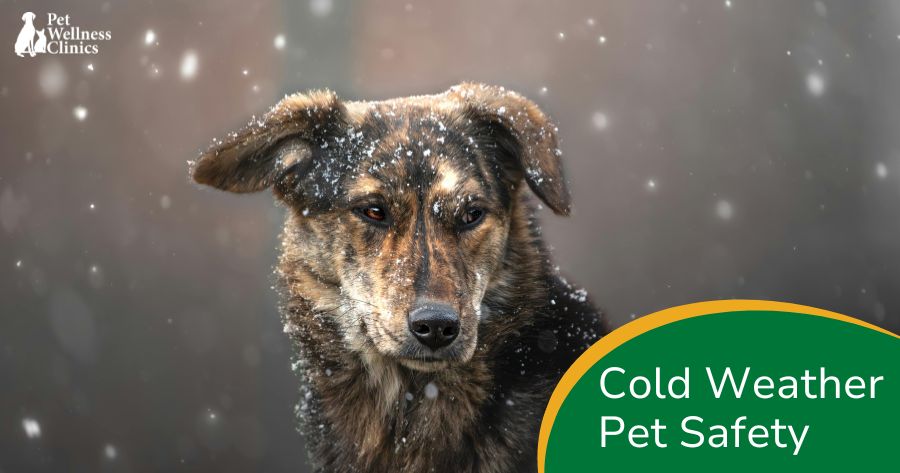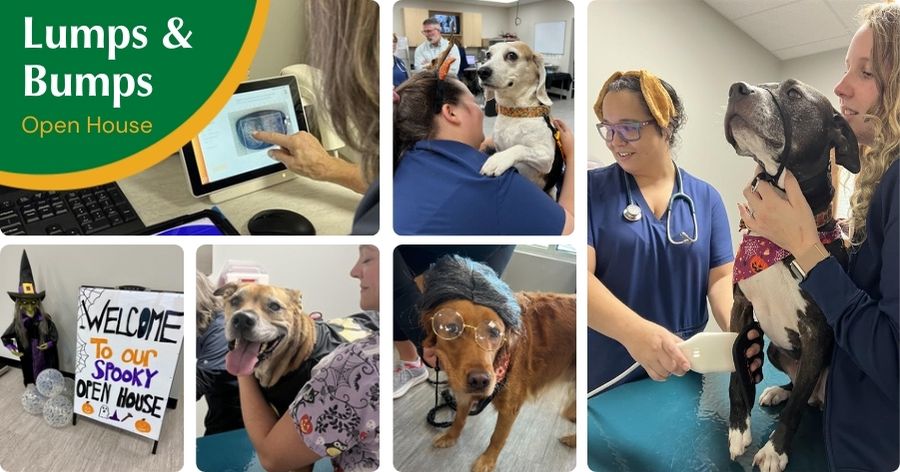Dental care is a routine part of pet ownership yet remains something that comes as a surprise to many people. Most pet owners are prepared for looking after their new animal’s body, but aren’t fully aware of the importance of their new furbaby’s dental health.
Your pet’s teeth are just as important to her as yours are to you. Not only do they help her to bite and chew, but in many cases, they are also used to capture, hold and kill prey, and as a line of defense in the event that your pet is confronted by a possible threat.
The best way to keep your pet’s teeth in tip top condition is to brush them as often as you can. Daily brushing is optimal. You should also ensure that you visit your veterinarian for regular dental check-ups. Despite our best efforts, decay and damage to your pet’s teeth can be inevitable over time. Periodontal disease is a particularly common problem and will affect 75% of dogs and cats aged three and over.
As such, you can almost certainly expect your pet to require the services of your veterinary dentist during her lifetime. Here are some of the most common dental treatments provided to pets in the United States.
By far the most common dental treatment provided to domestic animals is a professional dental clean. As the name suggests, this procedure involves a comprehensive clean carried out by a trained and experienced professional. In the majority of cases, this is carried out while your pet is under the effects of a general anesthetic. There are a couple reasons for this:
Professional dental cleans are normally recommended once a year and can help reduce the likelihood of your beloved animal suffering from dental problems including periodontal disease.
Generally speaking, cavities are pretty rare in cats and dogs. This is largely because they have different bacteria in their mouths than us, and diets that are much lower in carbohydrates. Nevertheless, if decay does occur, we may recommend that your pet’s affected tooth is restored using amalgam or bonded composite restorations. These work in much the same way as traditional human cavity fillings by sealing the tooth against further decay.
There are numerous dental problems that may mean that your pet requires a tooth extraction. These include:
The process is often straightforward, and again performed under a general anesthetic so that your pet does not experience any pain or stress. Your pet may experience some effects after the surgery including swelling, bleeding, and discomfort. We will most likely prescribe a course of antibiotics to prevent an infection from occurring.
Don’t be alarmed if your pet doesn’t seem hungry or thirsty for about a day after the extraction. However, if her appetite and thirst does not pick up after this time, consult with your vet.
For further information about dental treatments for pets, or advice on how you can care for your pet’s teeth, please consult with our friendly, knowledgeable team at Noblesville Pet Wellness Clinic today at 317-830-0034.


